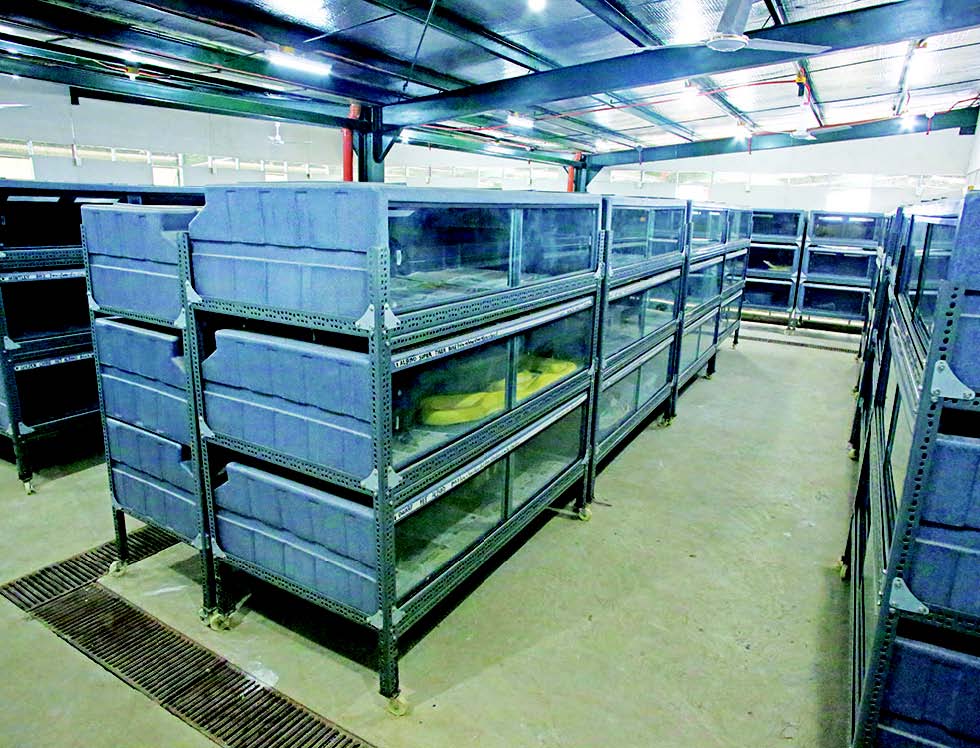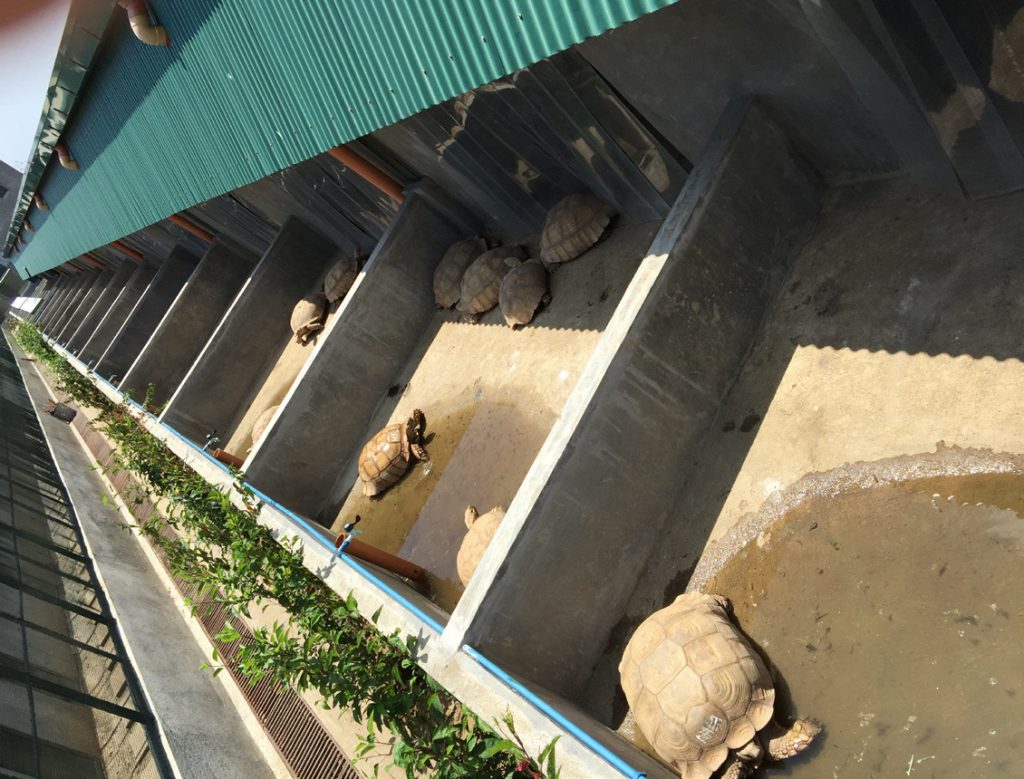The “ber” months are upon us and while that may mean Christmas and cozy cuddle weather for us humans, reptiles have to deal with storms, strong winds, and a drop in temperature, all of which may be detrimental to their overall health, even in a tropical country like the Philippines.

Unlike “warm-blooded” or endothermic animals who have the ability to keep their bodies hot from within, “cold-blooded” or ectothermic animals rely on external heat sources to regulate their body temperature through activities like finding shelter or basking under warm areas. Failure to do so would result in multiple health complications due to hypothermia – a few being respiratory infections like pneumonia, the inability to digest food properly, shedding problems, lethargy, dehydration, or even death. I cannot stress enough the importance of providing a good source of heat or at least maintaining the correct ambient temperature in a room or enclosure for all captive reptiles.
For indoor enclosures

Keeping indoor enclosures warm is a bit trickier since there are more factors to consider. Thankfully, with the advancement of reptile equipment, it’s not impossible. There are many tools on the market now that can help keep a reptile at its optimum temperature, such as basking bulbs, under-tank heat pads, ceramic heaters, nocturnal lights, halogen bulbs, thermostats, different substrate materials, and even aquarium heaters if necessary.
Indoor enclosure tips
1. Research your reptile – Always remember to do your research before adopting a reptile as some, like certain snakes or nocturnal animals, don’t necessarily need a basking bulb but do require the ambient temperature in a room or at least an under-tank heat source to thrive.
2. Avoid the AC – Make sure their environment isn’t super cold as much as possible: Avoid placing them in air-conditioned rooms.
3. Keep an eye on the temp – Keeping a thermometer within their enclosure is also really helpful as this will help you keep accurate temperature readings.
4. Ditch the draft – Avoid having an electric fan directly face an occupied enclosure since having direct drafts might make them sick.
5. No need for night bulbs – Night time bulbs are more optional than necessary, since many animals experience a natural drop in temperature in the wild and shouldn’t be affected as much, as long as they can properly bask before lights go off.
6. Beware basking boo-boos – When using a basking bulb, keep it at a safe distance away from the animal in order to prevent burns or eye irritation, but not too far where they can’t feel the effects of the bulb anymore.
7. Out of reach, out of mind – Some animals, such as arboreal snakes and tortoises, like to nibble, attack, or attach themselves to anything hanging around them, even a really hot basking lamp. Keep these out of their reach, or at least inside a wire mesh cage, for their safety.
For outdoor enclosures
If the reptile you are caring for is big enough and prefers staying in open spaces with lots of sun, then outdoor enclosures are a great choice! They can actually get a good amount of heat outside and meet their UV needs, as well as follow a natural day-night cycle. However, the big downside to this is that the weather isn’t always optimal – it can get cold and drafty.

Reptiles can easily get sick when it starts to get extra windy or wet for an extended period of time. Therefore, it’s best to provide adequate shelter and an alternate heating source for when this happens.
Aside from just bringing them inside once the rain starts to pour, one way to keep them safe and dry is to put a small shelter with either a heat lamp or heating pad inside it so that when the weather starts to get rough, the reptiles can easily go inside and warm up. Be sure to also provide a roof as much as possible for all enclosures placed outside, not only for when it rains, but also for when it gets too hot and sunny – we don’t want the reptiles getting cooked alive.
What happens when they stay cold?
Hypothermia hits when they stay cold for long periods. They get their energy from the heat and without it, they’re eventually going to stop moving altogether. When they stop moving, they can’t drink or eat, then they lose body fat and starve. If they don’t drink, they become dehydrated and can’t shed properly.
Their organs begin to fail one by one; their immune system weakens, making them more prone to bacteria and other viruses that can eventually lead to sickness and death.
Heat is important because it’s what helps them digest their food. Without it, all the fruits, veggies, and even live feeders rot inside their stomachs, causing them to vomit it back up and starve.
Caution: Too cold!
Here are some common signs of reptiles getting too cold.
1. Lethargy, or having little to no energy to move around
2. A color that’s darker than usual
3. Feeling cold to the touch
4. Sneezing, wheezing, coughing
5. Sunken eyes
6. Being unresponsive
7. Dehydration
8. Loss of appetite.
Keeping it warm
Each kind of reptile will thrive best when at their own temperature range, or their preferred optimal temperature zone (POTZ). The POTZ is based on their natural habitat and greatly encourages proper biological function.
Keeping your reptiles warm means keeping them healthy and alive. Remember to always do your research well and learn about their individual needs. Always observe them daily as much as possible in order to catch any symptoms quick.
In case the reptile does accidentally get cold, make sure to immediately correct enclosure temperatures. If an illness develops, such as respiratory infection that is common during the rainy season, bring them immediately to your nearest exotics vet so that they are properly examined and prescribed with proper medication.
Heating is the most basic element of care for reptiles so be sure to always consider it when preparing their enclosure. Remember: A healthy and happy reptile is a friend who will be with your for many years to come, so be sure to always take care of them properly.
This appeared in Animal Scene magazine’s January 2020 issue.
You might want to read:
– Amazon rainforest fires: What does this mean for the animals?
– Reptile roommate
– The Argetine black and white tegu






